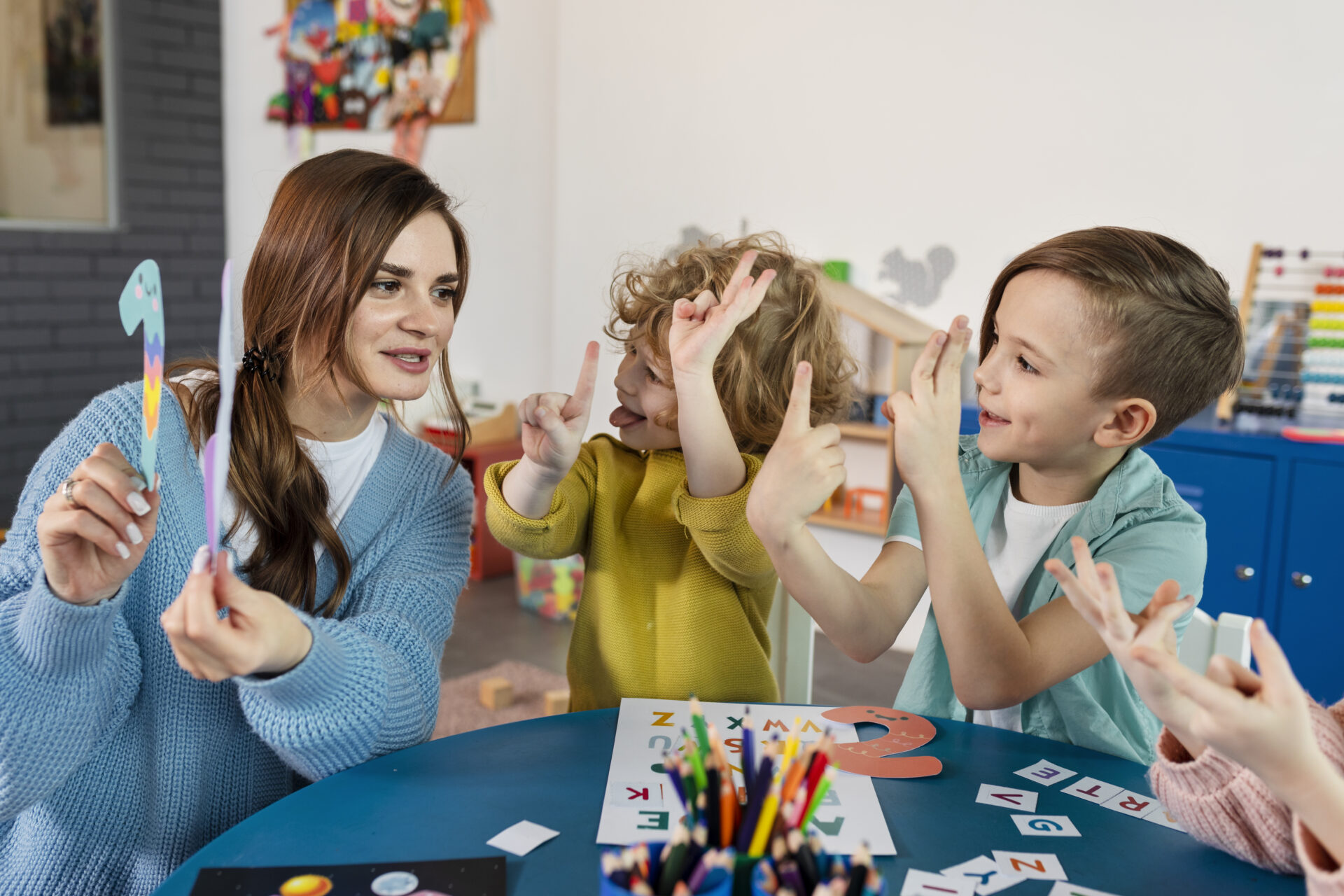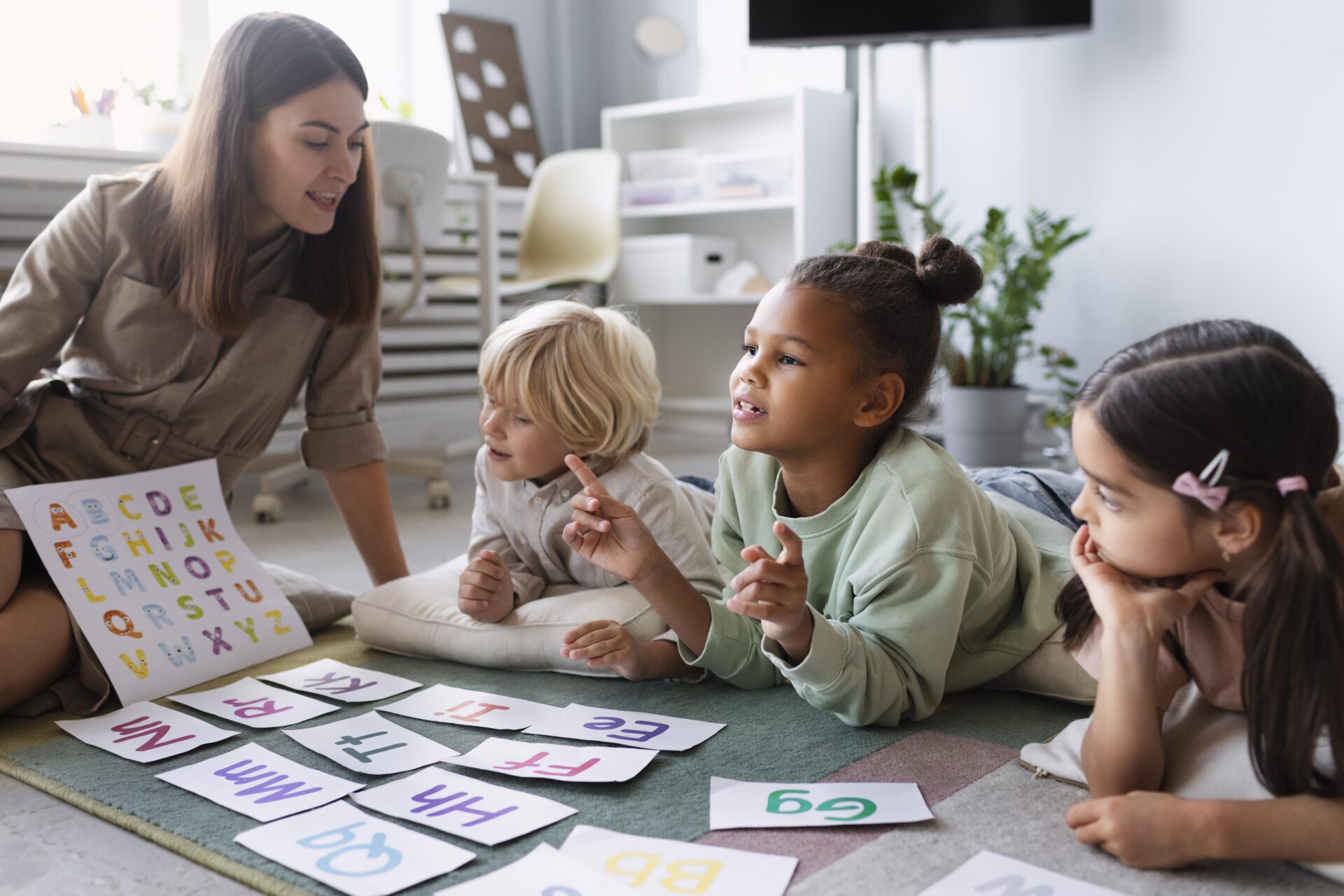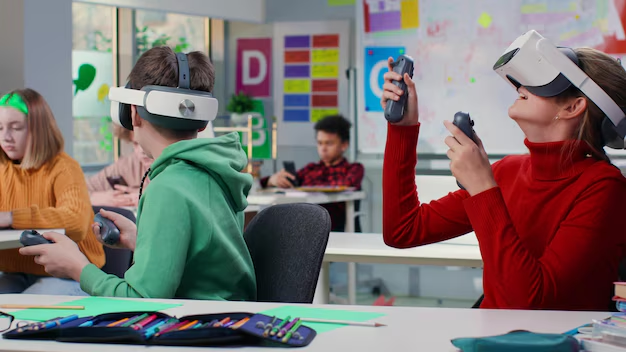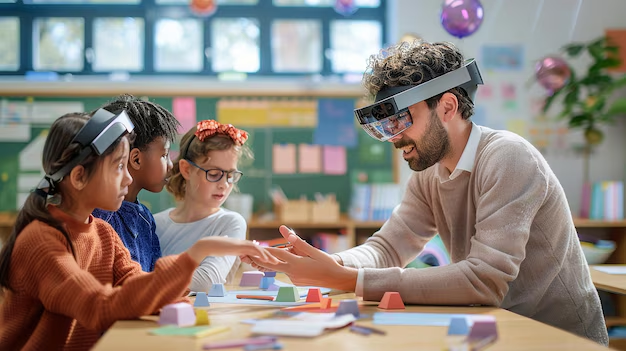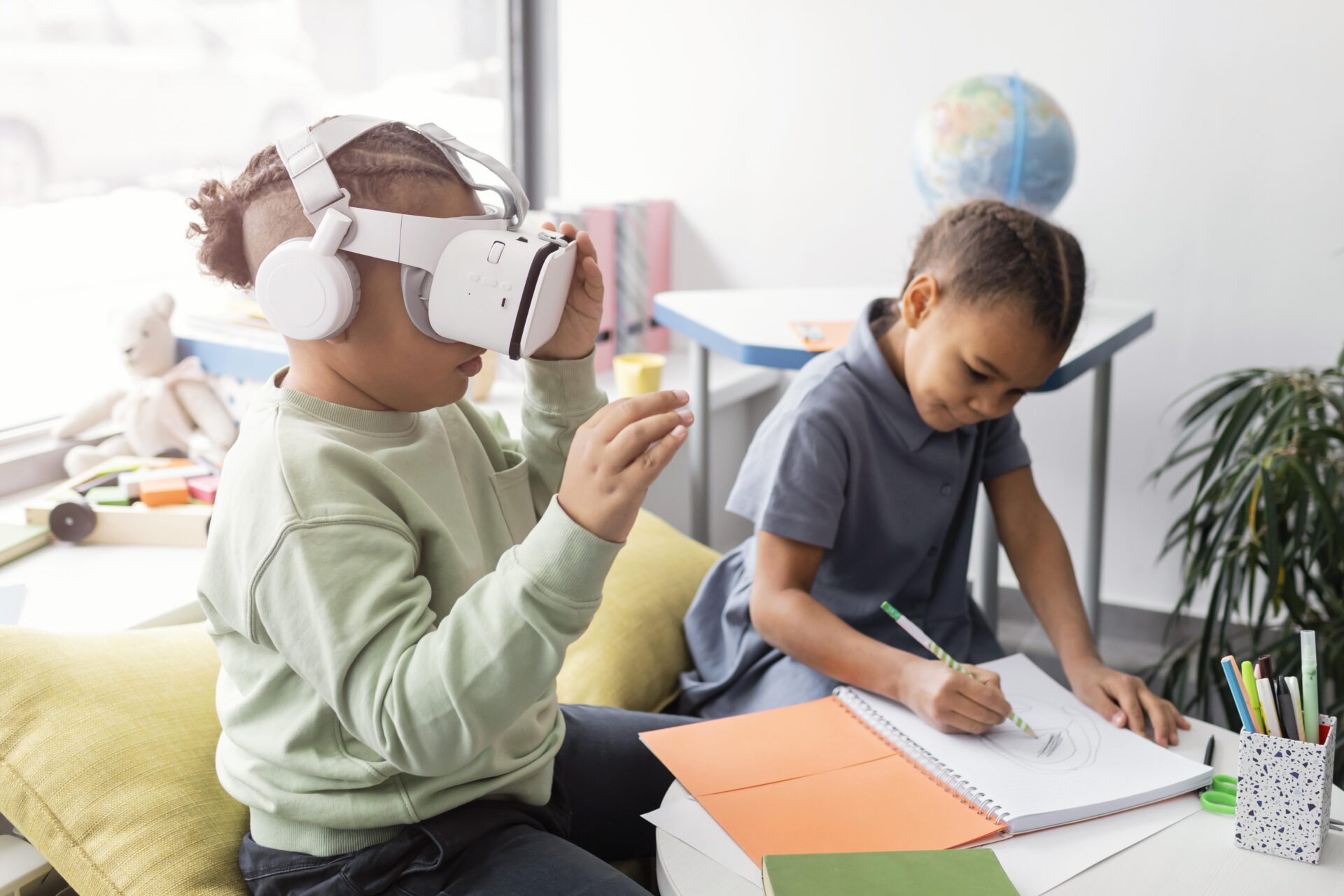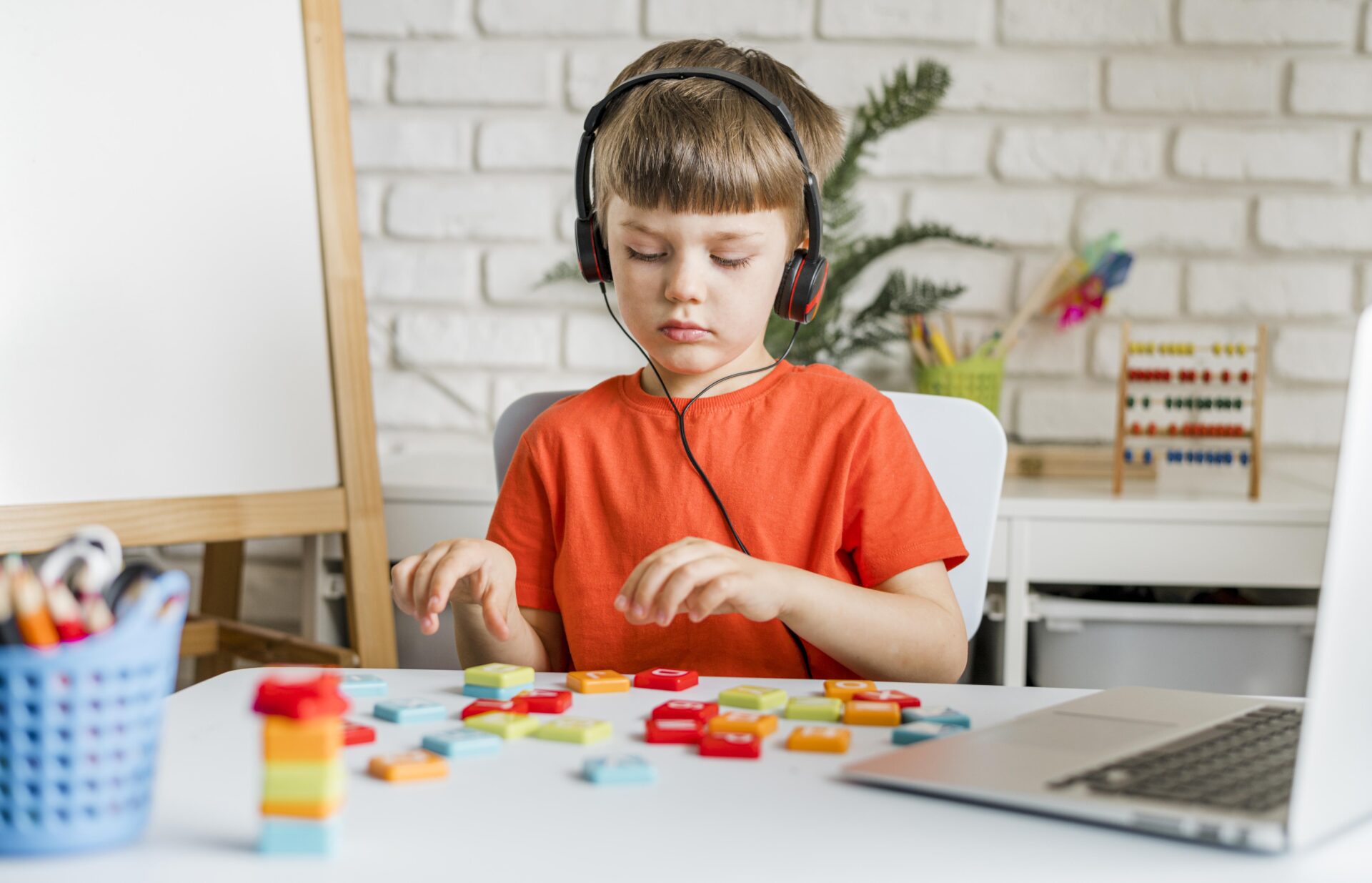When it comes to helping children with learning differences, two names often come up: Lindamood-Bell and Orton-Gillingham. Many parents wonder, “Is Lindamood-Bell based on Orton-Gillingham?” and what the real differences between them are. If you’re wondering whether Lindamood-Bell is based on Orton-Gillingham, you’re not alone. Many parents trying to support their child’s reading journey want to understand the differences—and similarities—between these two popular approaches.
Let’s break it down in a simple, clear way so you can feel confident about your child’s learning path.
What Is Orton-Gillingham?

First, it’s important to know what Orton-Gillingham is. Developed in the 1930s, Orton-Gillingham is a structured, multisensory approach designed to help individuals, especially those with dyslexia, learn how to read, write, and spell. It’s all about teaching the building blocks of language in a very organized, step-by-step way. Lessons combine seeing, hearing, and touching to help make reading and spelling “stick.”
Orton-Gillingham encourages a growth mindset, showing kids that with the right strategies, they can become successful readers—even if learning has been hard before.
Is Lindamood-Bell Based on Orton-Gillingham?
The short answer: No, Lindamood-Bell is not directly based on Orton-Gillingham.
While both share a love for multisensory learning and help students with challenges like dyslexia, their methods are quite different. Lindamood-Bell programs—like Seeing Stars and Visualizing and Verbalizing—focus on specific cognitive processes behind reading, such as symbol imagery and comprehension.
Instead of following a phonics-heavy, structured sequence like Orton-Gillingham, Lindamood-Bell works on strengthening the brain’s ability to visualize sounds and words. It targets deeper skills that impact not just reading and spelling, but also sight word recognition and overall comprehension.
How Do Multisensory Programs Help Students?
Whether it’s Orton-Gillingham or Lindamood-Bell, both approaches rely heavily on multisensory instruction. Parents often ask, Is Lindamood-Bell Based on Orton-Gillingham because of this shared strategy. Engaging multiple senses at once (like sight, sound, and touch) helps strengthen memory pathways.
For children with dyslexia, this type of learning is key. It also encourages perseverance, reducing perseverative habits like repeating mistakes or getting “stuck” on certain reading or spelling challenges.
When students can see it, hear it, say it, and do it all at once, learning sticks better.
Understanding Dyslexia: A Closer Look
If you’re exploring programs like these, you probably have questions like what is dyslexia really?
In simple terms, dyslexia is a difference in how the brain processes written and spoken language. Kids with dyslexia might struggle with:
- Recognizing sight words
- Sounding out unfamiliar words
- Spelling consistently
- Reading fluently and with understanding
Dyslexia is not a lack of intelligence—many children with dyslexia are very bright. They just learn differently, and with the right support, they thrive.
Lindamood-Bell’s Approach to Teaching Sight Words
Sight words are common words that don’t always follow spelling rules (like “said,” “come,” or “two”). Many dyslexic students struggle to memorize sight words because these words can’t easily be “sounded out.”
Lindamood-Bell® programs strengthen symbol imagery so students can visualize these tricky words. When a child can picture a sight word in their mind, they’re much more likely to remember how to spell it and read it quickly.
How Lindamood-Bell Addresses Perseverative Learning Challenges
One of the challenges we see often in struggling readers is perseverative behavior, where a child keeps making the same error again and again.
Instead of simply drilling the correct answer, Lindamood-Bell helps students build a stronger mental image of the word, sentence, or idea. This deeper, more meaningful connection often helps them break out of the “stuck” loop and move forward confidently.
Growth Mindset and Why It Matters for Struggling Readers
No matter which method you choose, fostering a growth mindset is essential. A growth mindset teaches kids that ability isn’t fixed—that their brain can grow and change with effort and good strategies.
Both Lindamood-Bell and Orton-Gillingham build this mindset by:
- Showing kids their progress step-by-step
- Helping them see mistakes as opportunities to learn
- Celebrating small wins along the way
How to Spell: Different Paths to the Same Goal
Teaching how to spell can look different depending on the program:
- Orton-Gillingham focuses on teaching specific rules and patterns.
- Lindamood-Bell focuses on strengthening mental imagery for letters and sounds.
Both are valuable. Some students need a rule-based approach first; others need to build the internal images that let them hold onto words in memory. If you’re weighing options and wondering, Is Lindamood-Bell Based on Orton-Gillingham, understanding their unique techniques can help guide your choice. Sometimes, blending methods offer the most powerful results.
Can You Combine Lindamood-Bell and Orton-Gillingham?
Absolutely! Many students benefit from elements of both approaches.
For example, a student might work on phonics and decoding with Orton-Gillingham while building symbol imagery and comprehension skills through Lindamood-Bell.
That’s one of the reasons personalized learning is so important. No two learners are exactly alike, and a flexible approach often leads to the best success.
Final Thoughts
In the end, when asking Is Lindamood-Bell Based on Orton-Gillingham, it’s clear that while they share common goals, they use different strategies. What matters most is finding the approach or combination of approaches that unlocks your child’s potential. Both Lindamood-Bell and Orton-Gillingham are powerful, research-backed tools. What matters most is finding the approach or combination of approaches that unlock your child’s potential and support their unique way of learning.
If you’re not sure which direction to take, you’re not alone.
Contact us today. At Learnability, we help you understand your options, answer your questions, and create a personalized plan designed to help your child build skills, confidence, and a lifelong love of learning.
FAQs
1. Can Lindamood-Bell help with spelling?
Yes, Lindamood-Bell improves how to spell by building symbol imagery, helping students picture letters and sounds more clearly.
- Does Orton-Gillingham teach sight words?
Yes. Orton-Gillingham teaches sight words through multisensory practice, helping students remember tricky words like “was” and “said.”
- What if my child gets stuck and keeps repeating mistakes?
Lindamood-Bell helps reduce perseverative errors by strengthening mental imagery, making learning smoother and more lasting.
- Can kids with ADHD benefit from these programs?
Definitely. Both Lindamood-Bell and Orton-Gillingham use structured multisensory methods that work well for kids with ADHD.
- Is Lindamood-Bell only for dyslexia?
No. Lindamood-Bell also helps with comprehension, memory, and focus challenges beyond just what is dyslexia.

